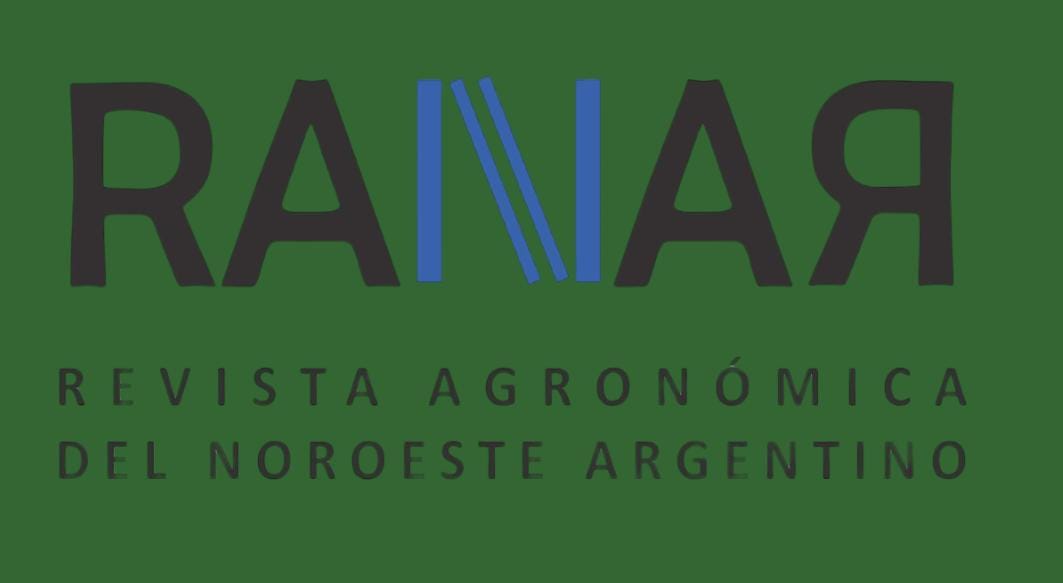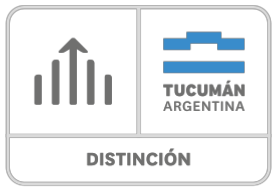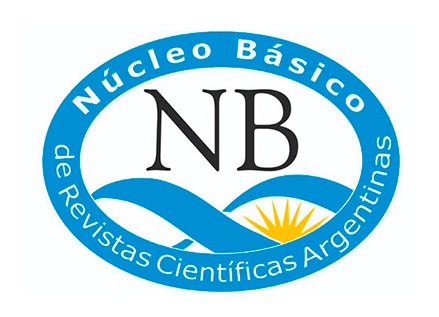Comparative analysis for DNA extraction methods from cotton seeds (Gossypium hirsutum)
Keywords:
Cotton, DNA extraction, PCR, Saline precipitation, SeedsAbstract
Plant tissue DNA extraction, in particular from seeds, requires revisions of techniques, in order to reduce co extraction
of PCR inhibitors. The objective of the present work was to evaluate the efficacy of two economic methods of DNA
extraction in different fractions of cotton seeds (Gossypium hirsutum) using a commercial kit as control. Three types
of cotton seeds were ground separately to produce a fiber rich fraction (FRF), and an endosperm rich fraction (FRE).
DNA extraction was carried out by triplicate following three methods: saline precipitation with sodium dodecyl sulfate
(SDS), precipitation with potassium acetate (AK) and with a commercial kit (KC, control). DNA concentration, purity,
and integrity were evaluated by spectrophotometry and agarose gel electrophoresis. The results suggest that SDS and AK
methods yield higher purity, and higher concentration of DNA extracts than KC method, nevertheless contaminants were
observed in all the samples. No degradation was observed in any of the evaluated samples. Activity of the enzyme Taq
polymerase was evaluated by the polymerase chain reaction. All the PCR reactions amplified in the FRF DNA samples
obtained by SDS, and in both fractions obtained by the KC method, without differences in seed type. The extraction of
DNA with the SDS method on FRF from cotton seeds constitutes an alternative method, more efficient than the KC used,
since it leads to obtaining pure DNA, in high concentration and with identical efficiency in PCR amplifications.
Downloads
Published
Issue
Section
License

This work is licensed under a Creative Commons Attribution-NonCommercial-ShareAlike 4.0 International License.









